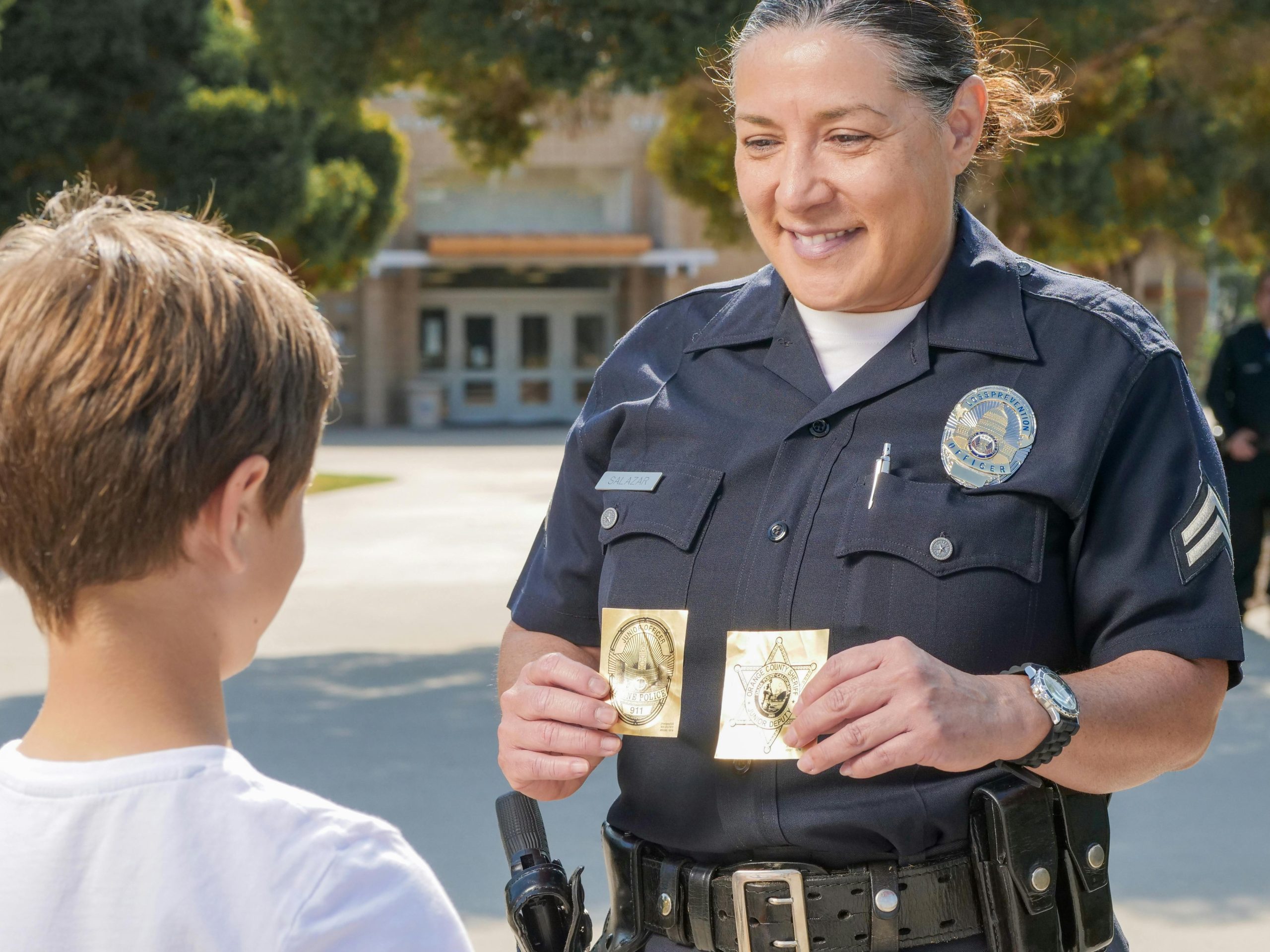Understanding Met Police’s Live Facial Recognition Technology
This morning, while walking along Walworth Road, I noticed something intriguing that caught my eye: a setup featuring live facial recognition technology operated by the Metropolitan Police. Initially, I observed that the equipment was clearly marked with explanatory stickers. However, upon passing the same spot later in the evening, I was surprised to see that these identifiers had been removed.
This occurrence spurred my curiosity, prompting me to delve deeper into the purpose and functionality of this technology. What is the extent of its deployment throughout the city, and what are the implications for public privacy and security? How does the community feel about the presence of such surveillance tools in their neighborhood?
If anyone has further insights or experiences regarding the live facial recognition systems utilized by the Met Police, or if you can shed light on the significance of these stickers being present one moment and absent the next, I’d love to hear your thoughts. It’s crucial for us to remain informed and engaged in discussions about the surveillance methods that affect our daily lives. Understanding the balance between safety measures and personal privacy is key to navigating this evolving landscape.


As a London resident, I find this topic both intriguing and concerning
While I understand the need for enhanced security, especially in busy areas like Walworth Road, the use of live facial recognition technology raises significant privacy questions. The disappearance of explanatory stickers is particularly unsettling, as it suggests a lack of transparency and might make residents unaware of when and where they’re being monitored.
It’s important to consider:
I believe open communication from authorities about the scope and purpose of surveillance measures fosters greater trust. As residents, we should advocate for transparent policies and robust oversight to balance security needs with individual privacy rights, ensuring that our city remains both safe and respectful of personal freedoms.